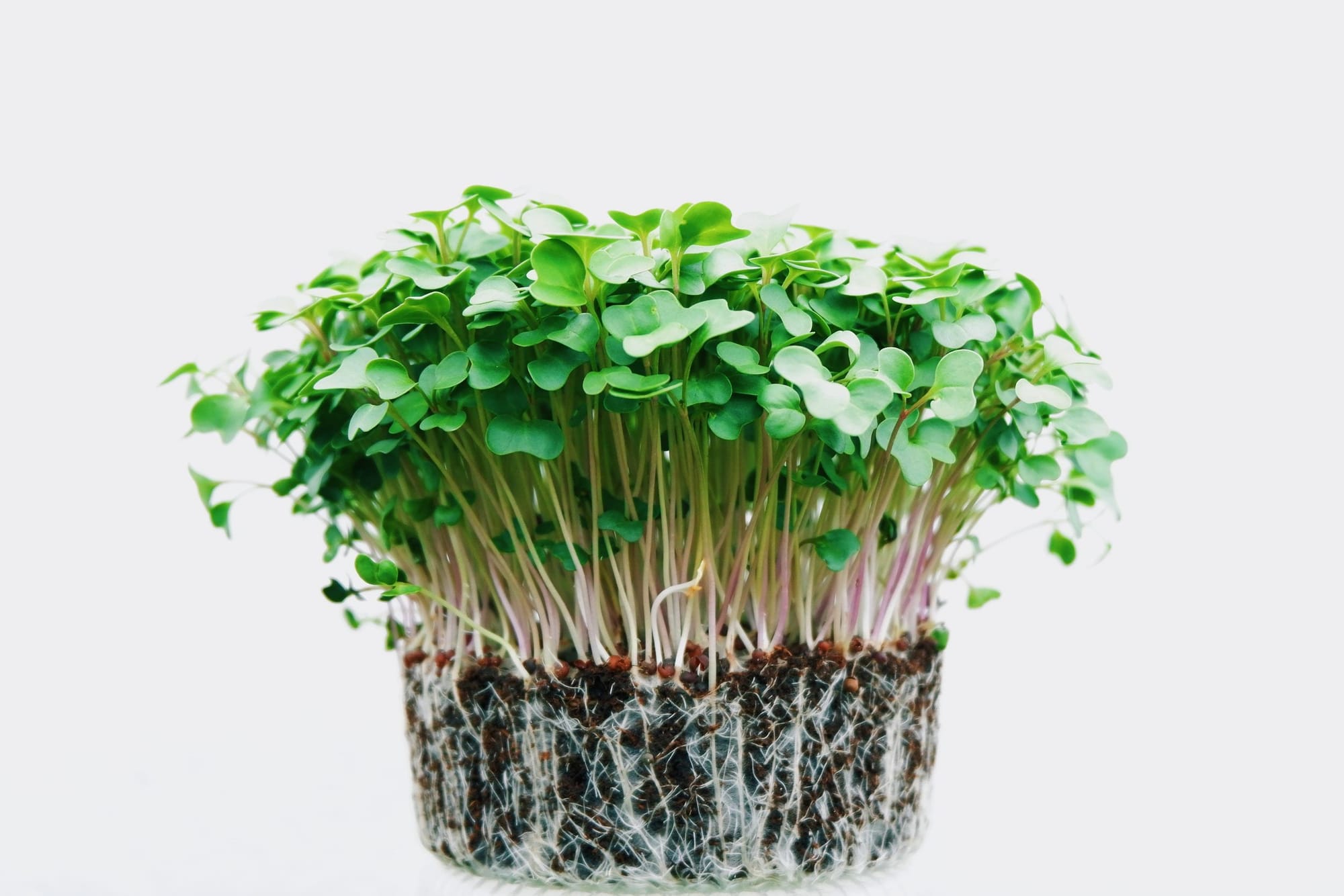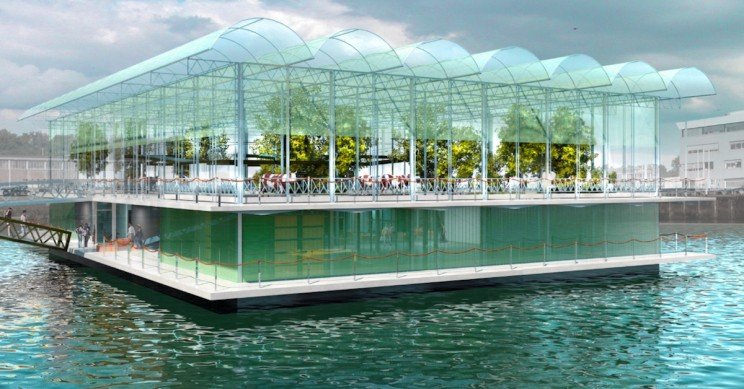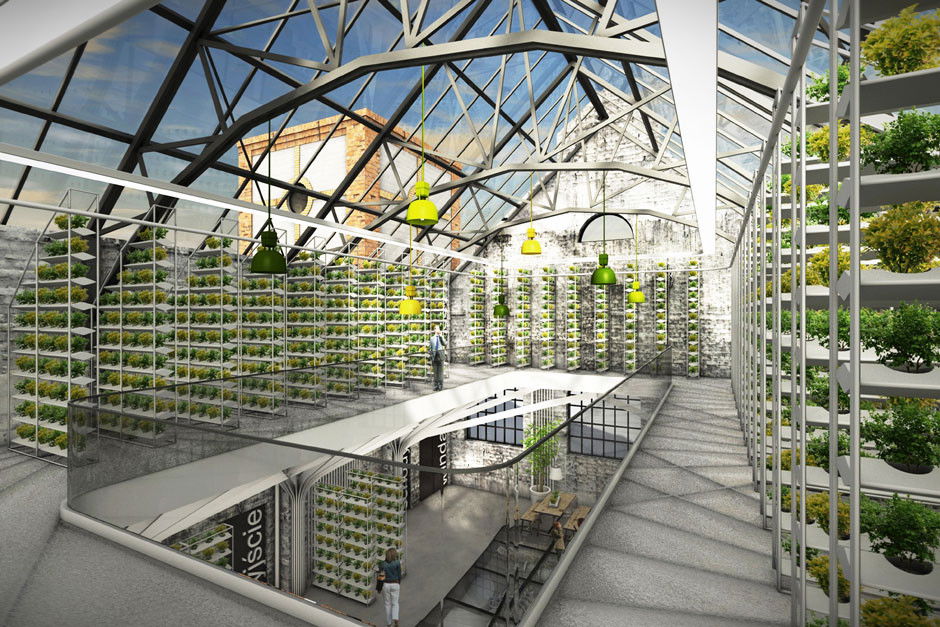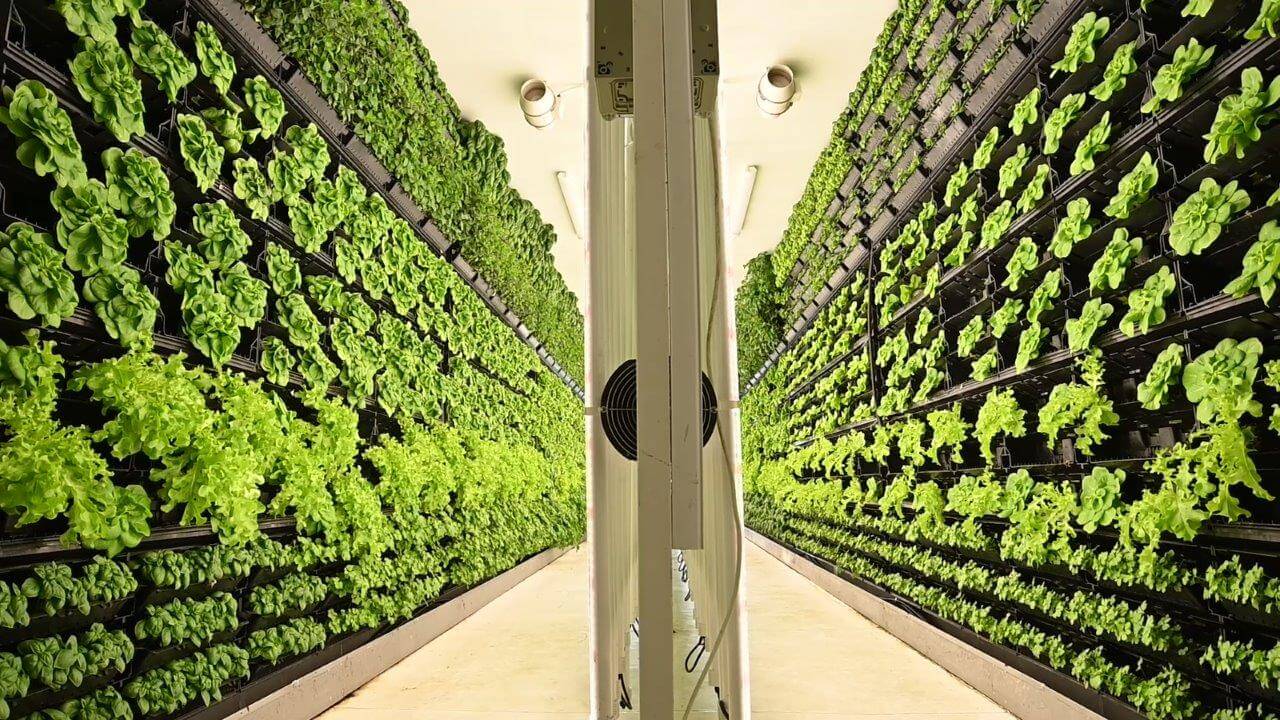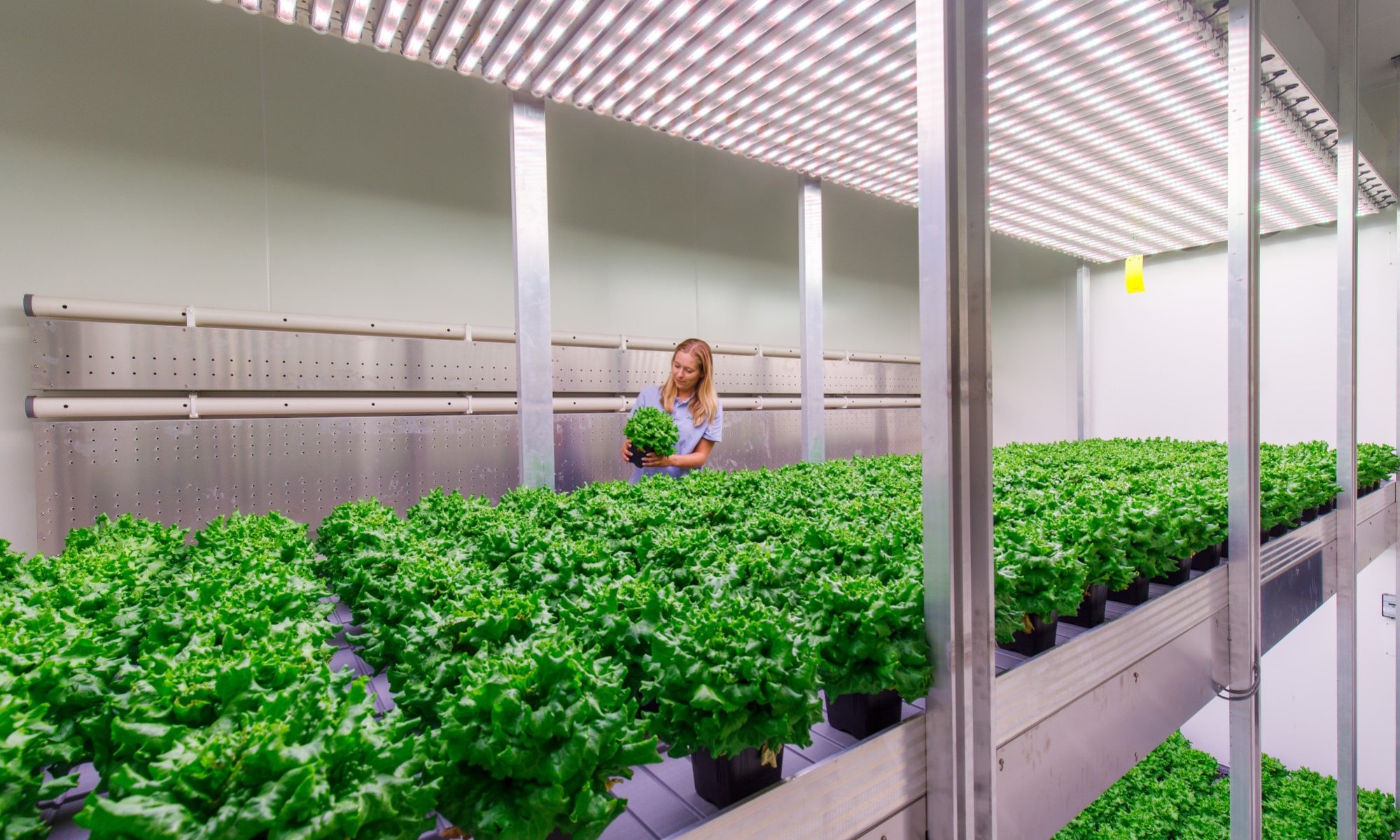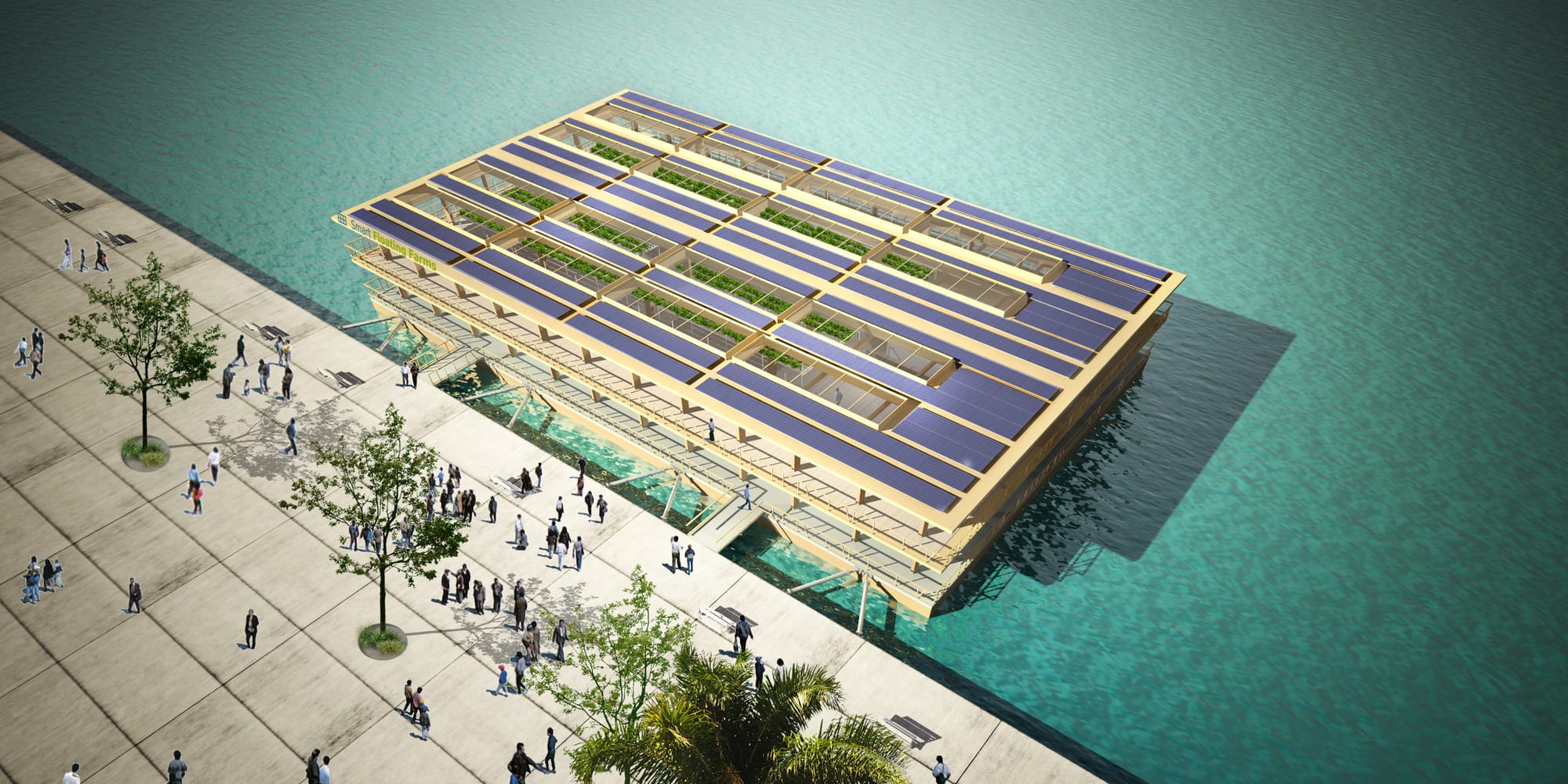OUR GARDENS
PRACTICE OF GROWING CROPS IN VERTICALLY STACKED LAYERS TO PRODUCE A HIGHER AMOUNT OF FOODS FOR EVERY SQUARE METER PROMOTES WATER RECYCLING. URBAN WASTE, INCLUDING BLACK WATER, CAN BE COMPOSTED AND USED FOR FARMING INSIDE THE FACILITY. LASTLY, VERTICAL FARMS CAN GROW PRODUCE TWICE AS FAST
Incorporates controlled-environment agriculture, which aims to optimize plant growth, and soilless farming techniques hydro roots focus on autonomous agricultural 4.0 solutions for commercial and residential markets.
Vertically suspended panel on which plants are grown using hydroponics. The unique structures can either be freestanding or attached to a wall and go by many different ways.
The advantages are numerous higher productivity in a much smaller area shorter growing times; lower water use; fresh produce grown much closer to where it's eaten;
Vertical farming
PROS CONS
Incorporates controlled-environment agriculture, which aims to optimize plant growth, and soilless farming techniques hydro roots focus on autonomous agricultural 4.0 solutions for commercial and residential markets.
Vertically suspended panel on which plants are grown using hydroponics. The unique structures can either be freestanding or attached to a wall and go by many different ways.
The advantages are numerous higher productivity in a much smaller area shorter growing times; lower water use; fresh produce grown much closer to where it's eaten;
Vertical farming
PROS CONS
| Water savings | High labor costs |
| Fewer crop imports necessary | Pollination issues |
| Efficient land use | Need for official permission |
| Less habitat destruction | Need for highly skilled workers |
BEYOND ORGANIC
In order to be labeled “organic”, vegetables, herbs and fruits must be grown in a soil-based environment using a plant or an animal-based fertilizer.
In other terms, with commercial organic farming, although free from pesticides and gmos, the tomatoes, lettuce, and broccoli which you might find in stores are usually grown in a soil depleted from nutrients, which often times is enhanced with animal-based fertilizers derived from pigs, cows, horses, chickens, etc.
Although we are in full support of organic farming, we deplore the fact that organic farmers are only compelled to use organic fertilizers, but are not under the obligation to tell customers whether such fertilizers are plant-based or animal-based.
In other terms, with commercial organic farming, although free from pesticides and gmos, the tomatoes, lettuce, and broccoli which you might find in stores are usually grown in a soil depleted from nutrients, which often times is enhanced with animal-based fertilizers derived from pigs, cows, horses, chickens, etc.
Although we are in full support of organic farming, we deplore the fact that organic farmers are only compelled to use organic fertilizers, but are not under the obligation to tell customers whether such fertilizers are plant-based or animal-based.
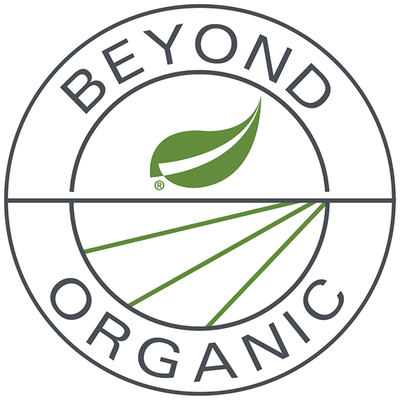
NO PESTICIDES OR HERBICIDES
SINCE INDOOR VERTICAL FARMS ARE COMPLETELY SEALED OFF FROM THE OUTSIDE ENVIRONMENT, THERE ARE VIRTUALLY NO PESTS. AS A RESULT, THERE IS VIRTUALLY NO NEED FOR PESTICIDES OR HERBICIDES. FOOD GROWN IS HEALTHIER, SAFER, AND CERTIFIED ORGANIC, MAKING IT EVEN MORE APPEALING TO CONSUMERS.
WITH THE POWER TO FARM VERTICALLY WITHIN ONE'S OWN HOME, CONSUMERS CAN NOW HARVEST THEIR CROPS ONLY MOMENTS BEFORE CONSUMPTION, RESULTING IN A HIGHER NUTRITIONAL VALUE, BETTER-TASTING GREENS, AND SIGNIFICANTLY LESS FOOD WASTE. THIS TIME SAVED IN TRAVEL IS ALSO NUTRITIONAL VALUE PRESERVED IN THE CROPS.
NUTRIENT
WITHOUT SUN OR SOIL AND WITH 95% LESS WATER THAN FIELD FARMS.
